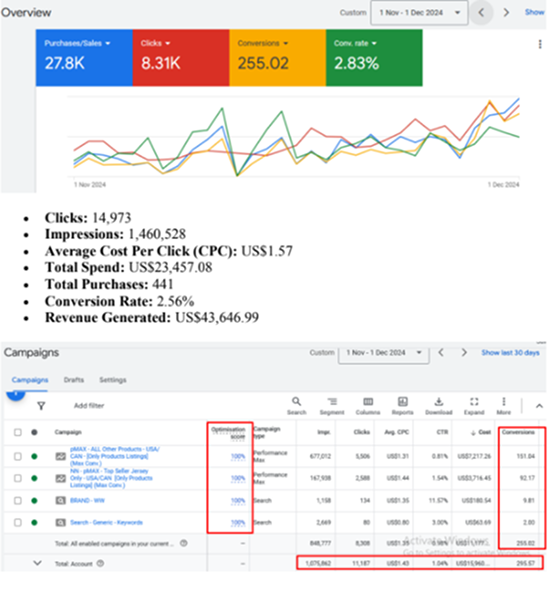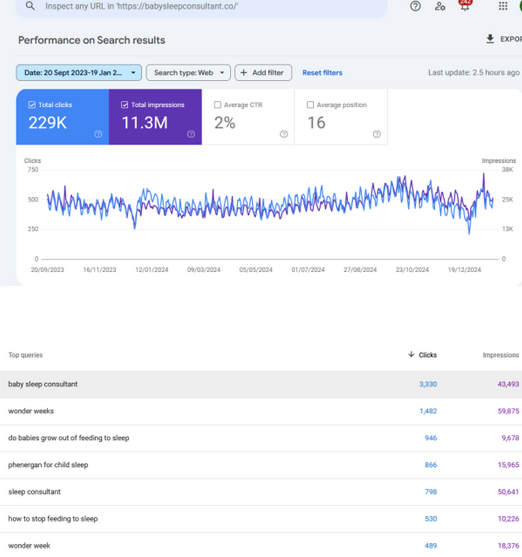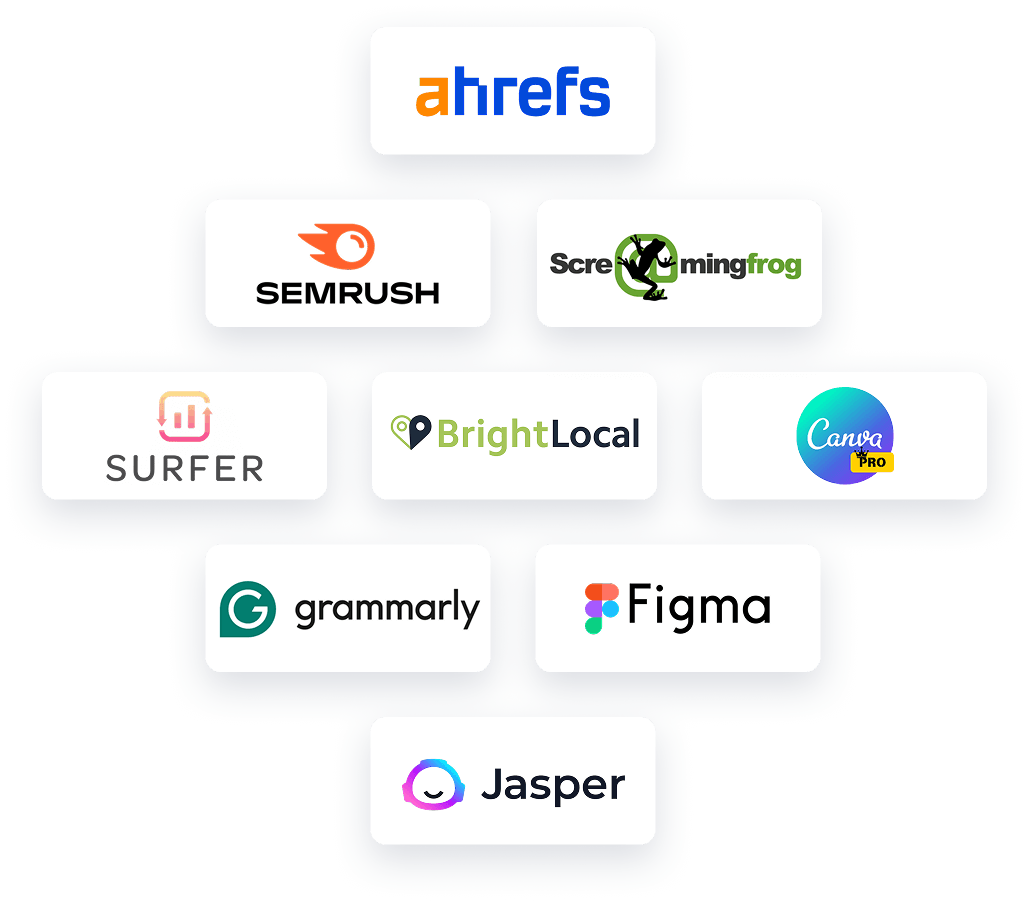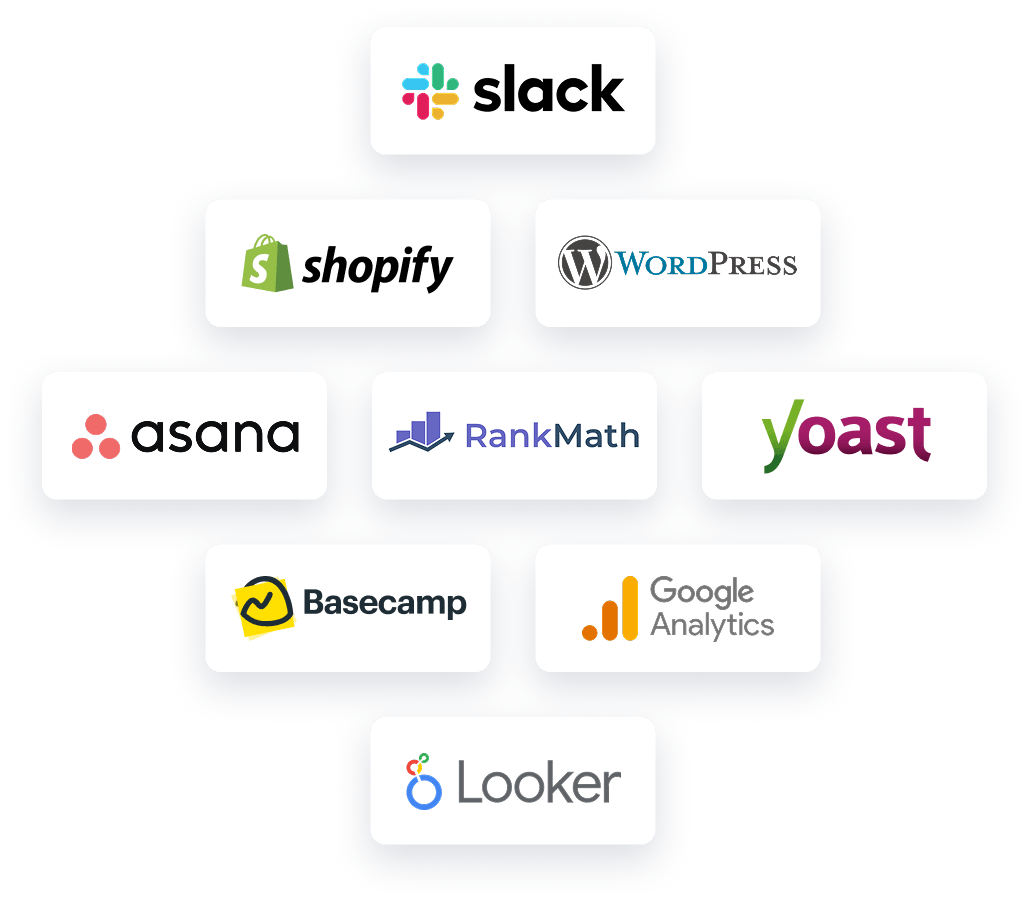- Home
- Our Work
Portfolio
Search Engine Optimization
Pay-Per-Click
Portfolio
Social Media Marketing
- Company
- Packages
- Industry
- Why Work With Us
- Blogs
- Contact Us
- Home
- Our Work
Portfolio
Search Engine Optimization
Pay-Per-Click
Portfolio
Social Media Marketing
- Company
- Packages
- Industry
- Why Work With Us
- Blogs
- Contact Us












Challenge
When I started working with Bicycle Booth in September 2024, their Google Ads campaigns weren’t driving enough sales despite strong products. The challenge was to refine ad targeting, reduce CPC, and scale online sales while improving overall ROAS.Results
Revenue Growth:+116% in 3 months
Since we started working on the site, the Search Console data shows continuous growth in overall traffic. Over the past 12 months, total clicks have increased to 15.8K, with impressions reaching 1.68M, demonstrating a steady improvement in visibility and engagement. Bicycle Booth – Google Ads Optimization Project: www.bicyclebooth.com